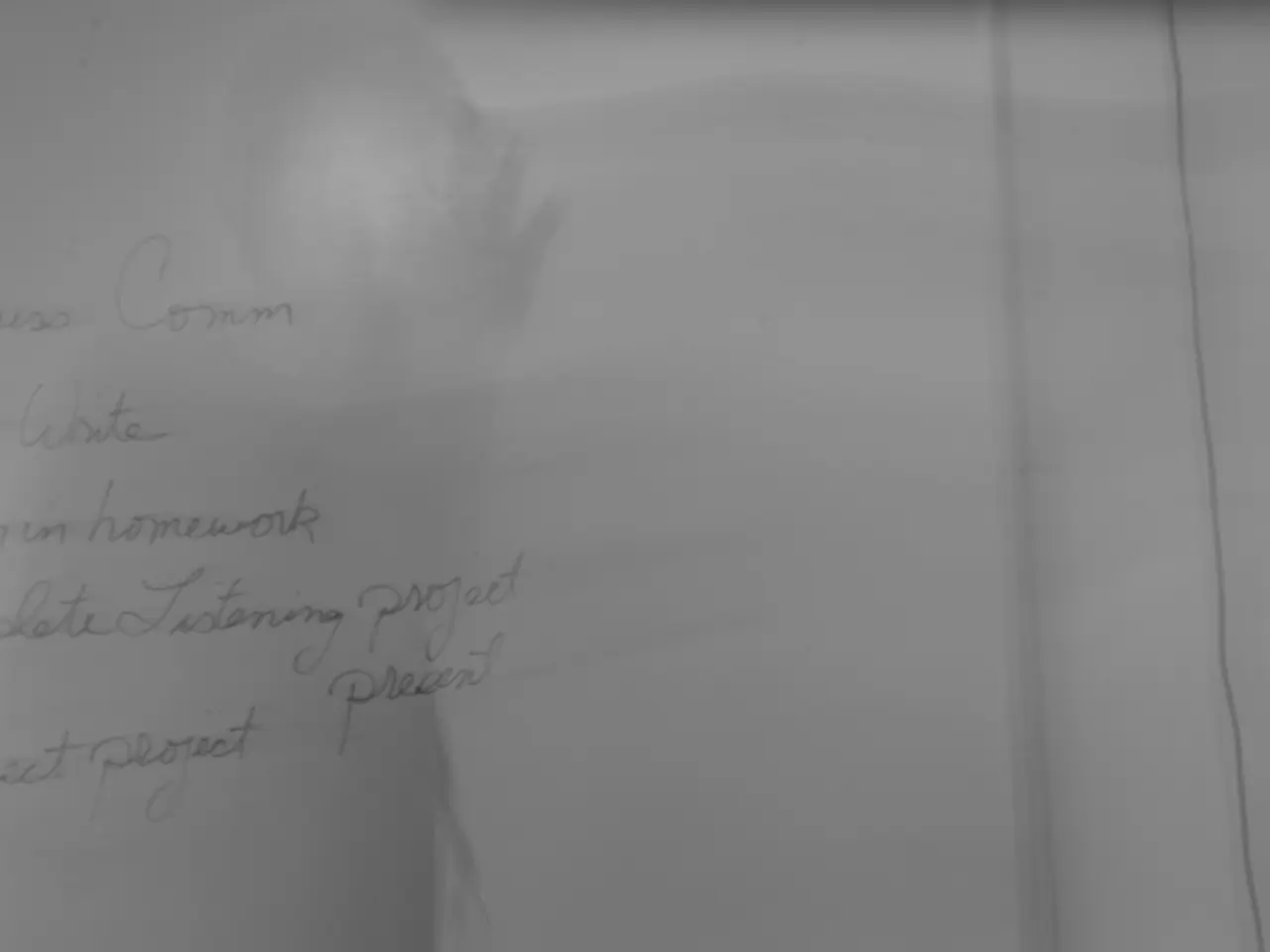Uniting Barriers: Conquering Scientific Scepticism for Humanity's Enduring Prosperity
In our rapidly evolving world, the chasm between scientific understanding and deeply held belief systems has become a pressing issue. This divide, if left unaddressed, threatens the planet's ecosystems and our collective chance at a sustainable future.
Recognizing that belief systems are complex and not always logically consistent is a crucial first step. These systems often involve emotional and identity-based components, rather than purely rational evaluation. This complexity necessitates a shift in approach, moving away from simply presenting facts and towards empathetic engagement.
Effective strategies focus on understanding and engaging with the underlying values, identities, and motivations that shape people's acceptance or rejection of science. Building trust through shared values rather than just presenting facts is crucial. Approaches that listen for common ground, acknowledge social and cultural contexts, and communicate transparently using relatable language help address resistance to scientific ideas.
Language, as a tool, plays a pivotal role in aligning beliefs and values. It facilitates communication that respects cultural norms and frames scientific information in ways consistent with existing worldviews. Avoiding confrontational myth-busting or simply presenting evidence, which may backfire, and instead fostering dialogue that respects individuals’ epistemic perspectives and builds coherence through trust and credibility is key.
Understanding the role of social identity and emotional needs in belief formation is another vital aspect. Effective messaging provides narratives that resonate emotionally and socially, not just intellectually. People often trust sources seen as culturally or socially similar, which shapes how information is received and accepted.
Limiting access to scientific literacy entrenches inequality, reducing participation in modern economies and the democratic process. Rejecting science affects societal decision-making on critical issues such as climate change, public health, technology adoption, and resource management. Cognitive dissonance contributes to science rejection, as scientific evidence that contradicts personal beliefs creates psychological discomfort.
The perpetuation of cycles of poverty, misinformation, and social polarization undermines social cohesion and resilience. Communication gaps between scientists and the public can make scientific information inaccessible or alienating. Social identity and group allegiance play a significant role in science rejection, with people aligning with groups that frame science as a threat to their worldview.
The rejection of science is driven by distrust in institutions and experts, perceived bias, elitism, or political motivation. Lack of understanding that some scientific research is influenced or corrupted by industry interests can lead to a form of bigotry against scientists.
In sum, bridging the science-belief divide requires empathetic engagement, culturally sensitive communication strategies centered on shared values and trust-building rather than data alone, and recognizing that beliefs are embedded in social identity and emotional coherence, not just factual accuracy. These insights emerge from interdisciplinary research blending cognitive science, social psychology, and communication theory.
- To foster engagement and acceptance of scientific information, it's essential to consider the role of mental health and personal growth by crafting emotionally resonant narratives that align with people's social identities and cultural contexts.
- In the realm of health-and-wellness, understanding cognitive dissonance and its impact on science rejection can improve communication strategies, making scientific information more accessible and less alienating.
- In the context of education-and-self-development, interdisciplinary research bridging cognitive science, social psychology, and communication theory can offer valuable insights for promoting survival and long-term sustainability by helping bridge the science-belief divide.




